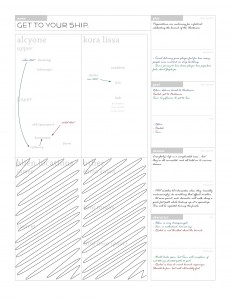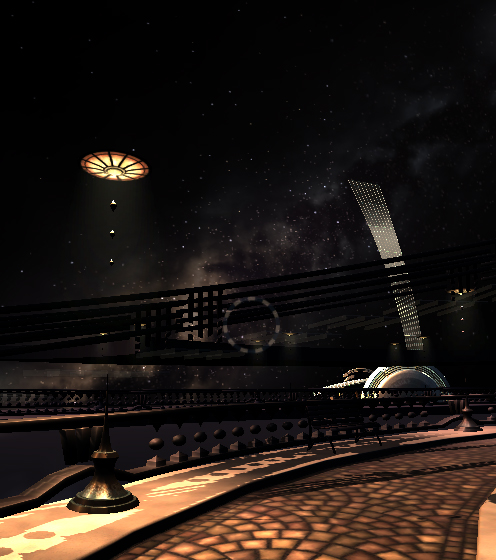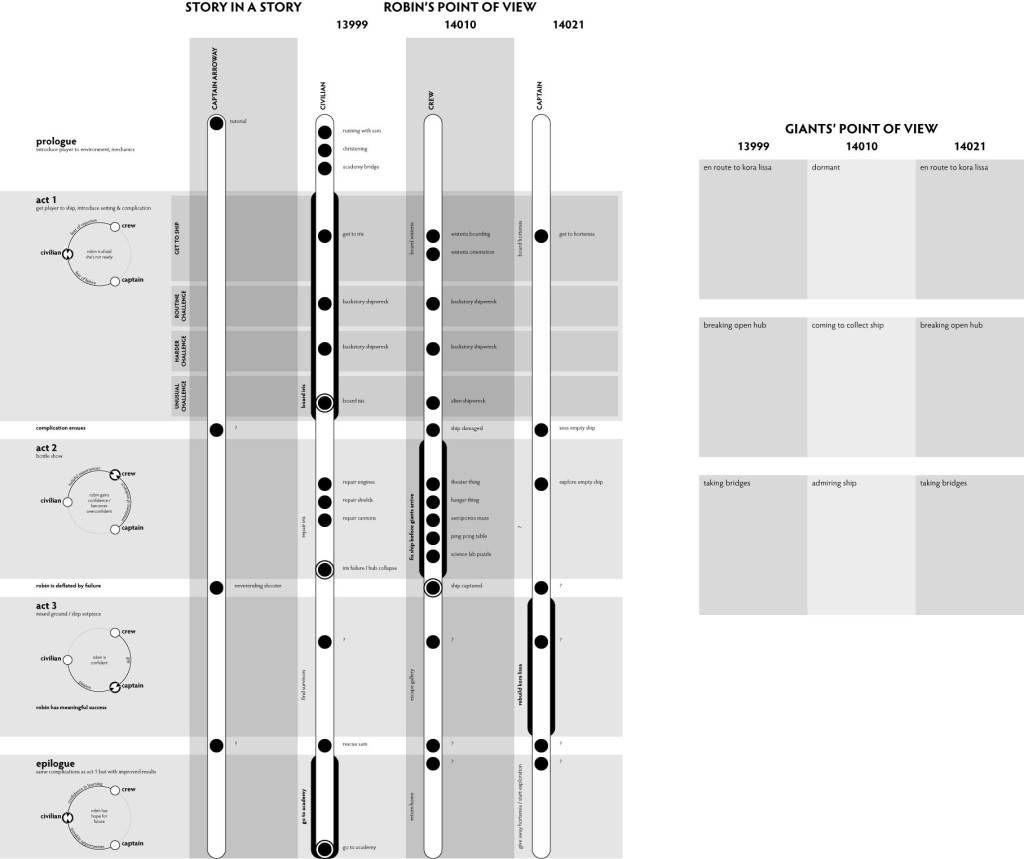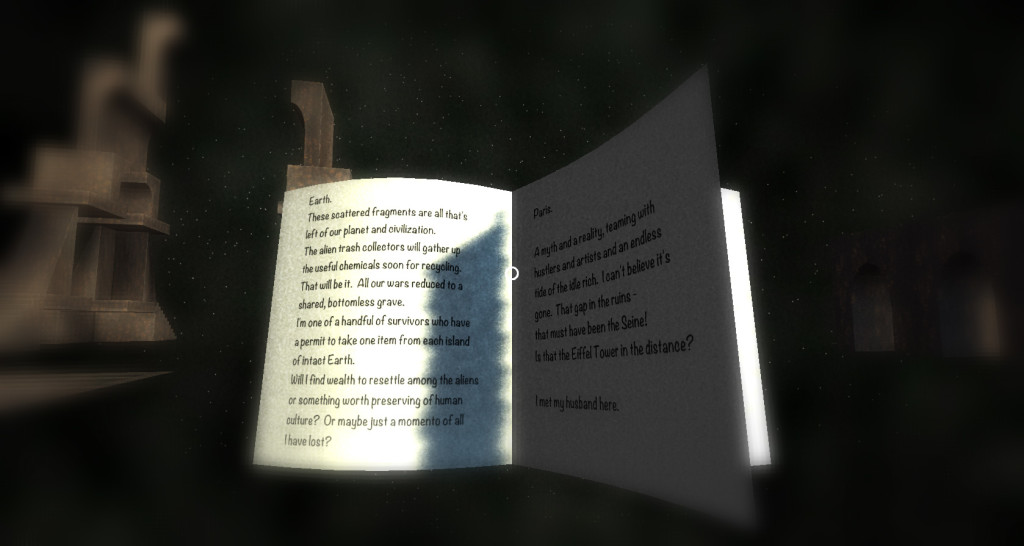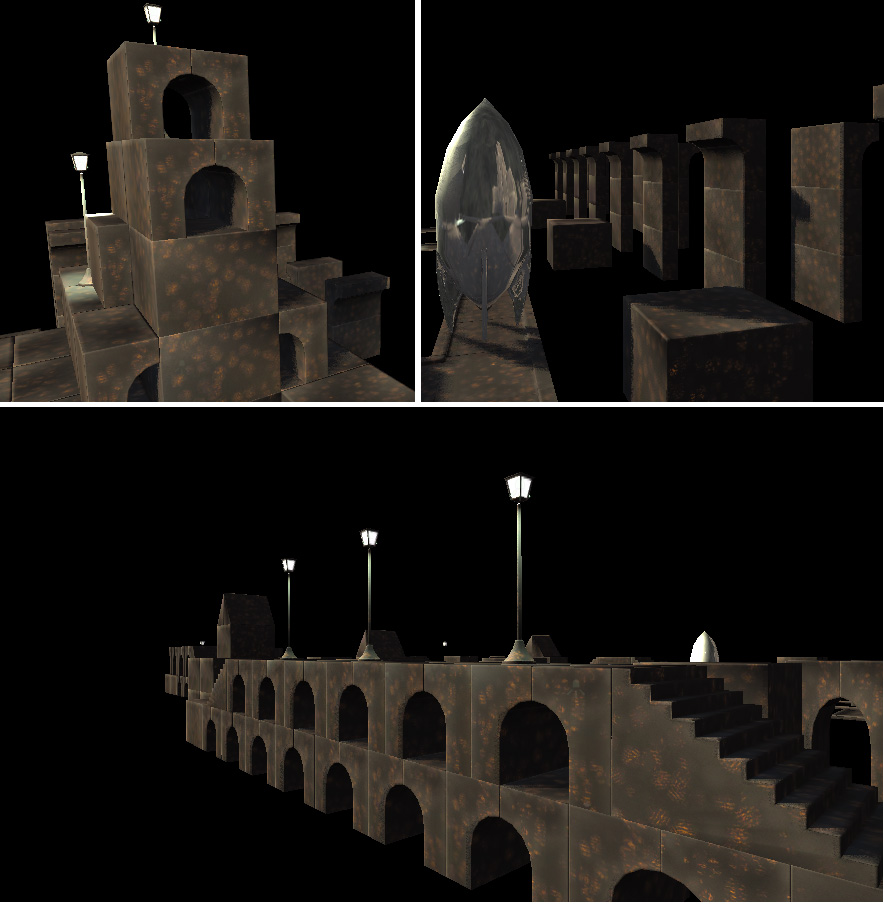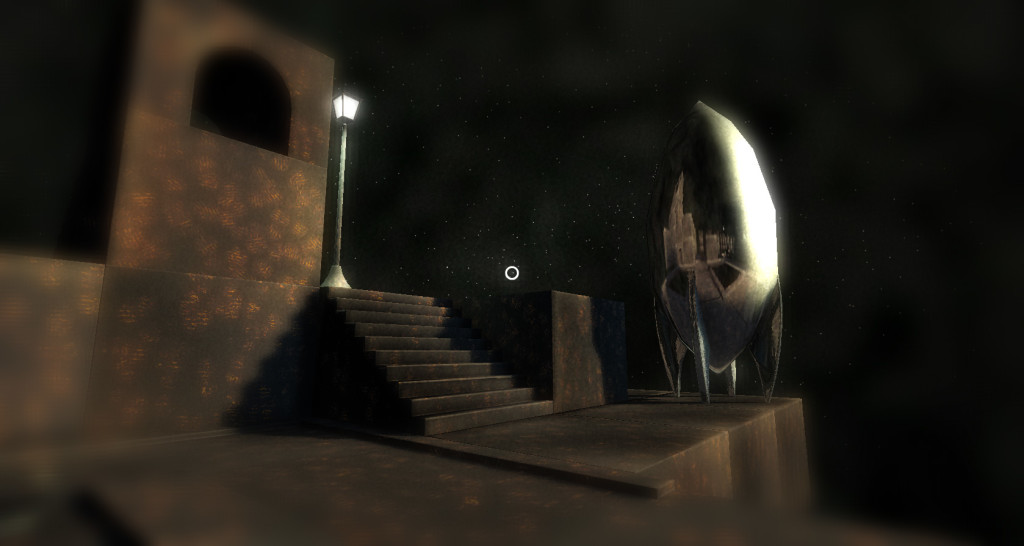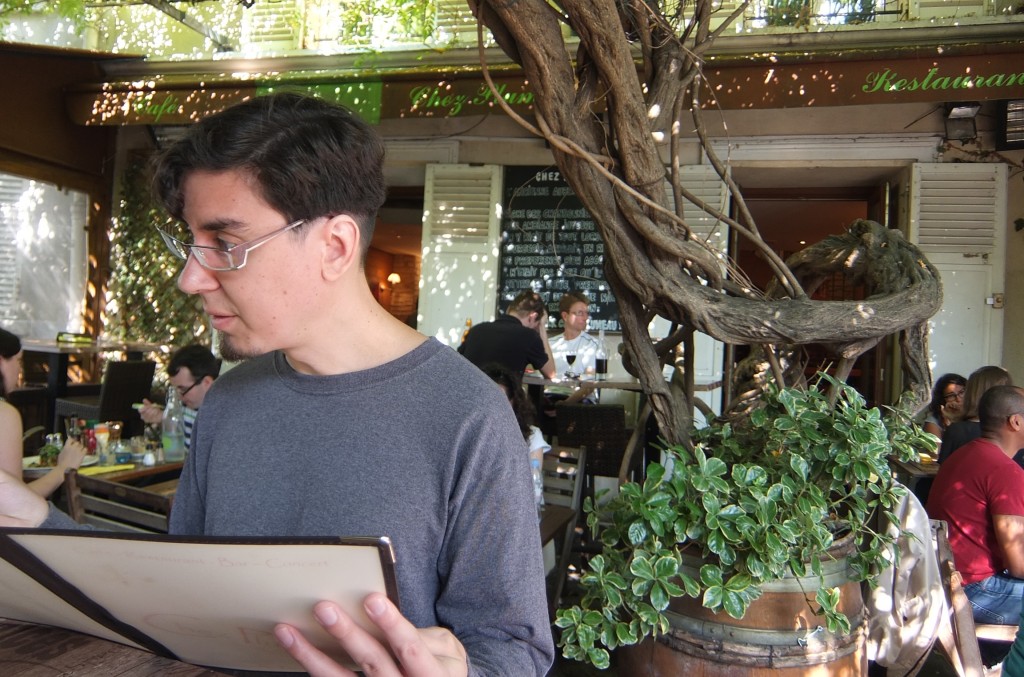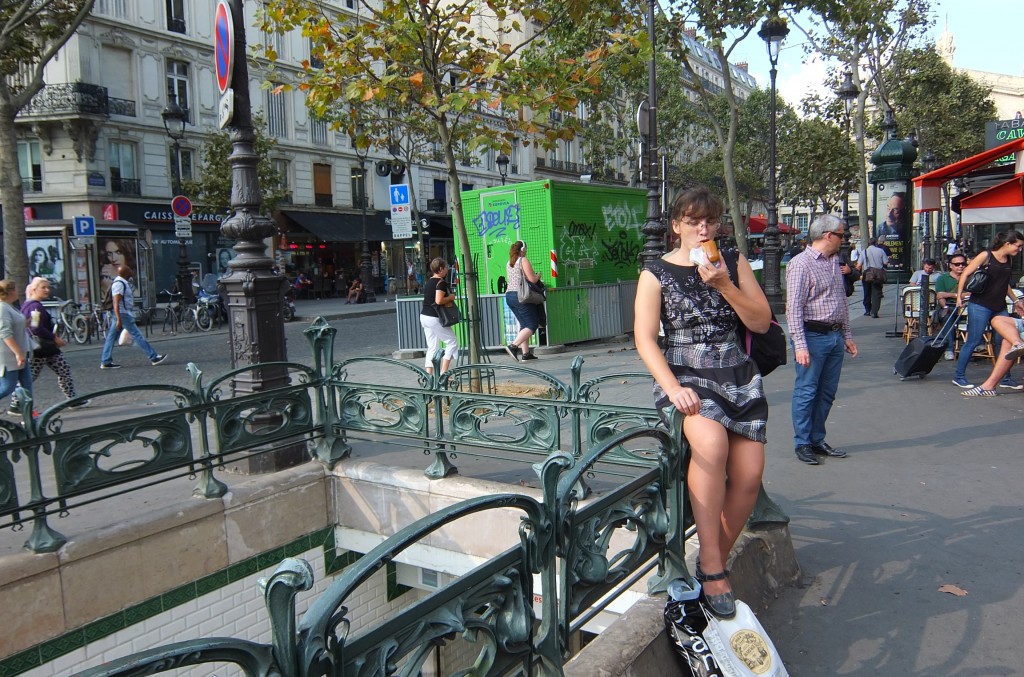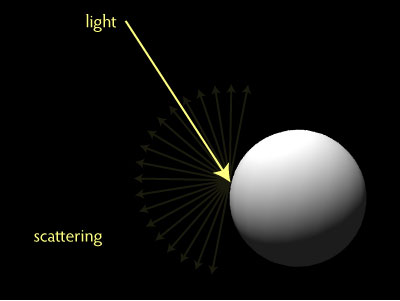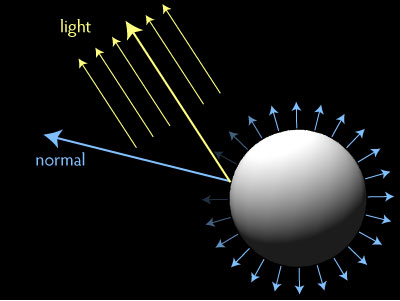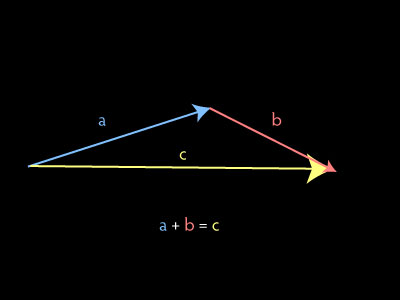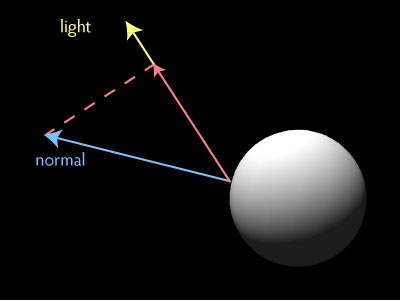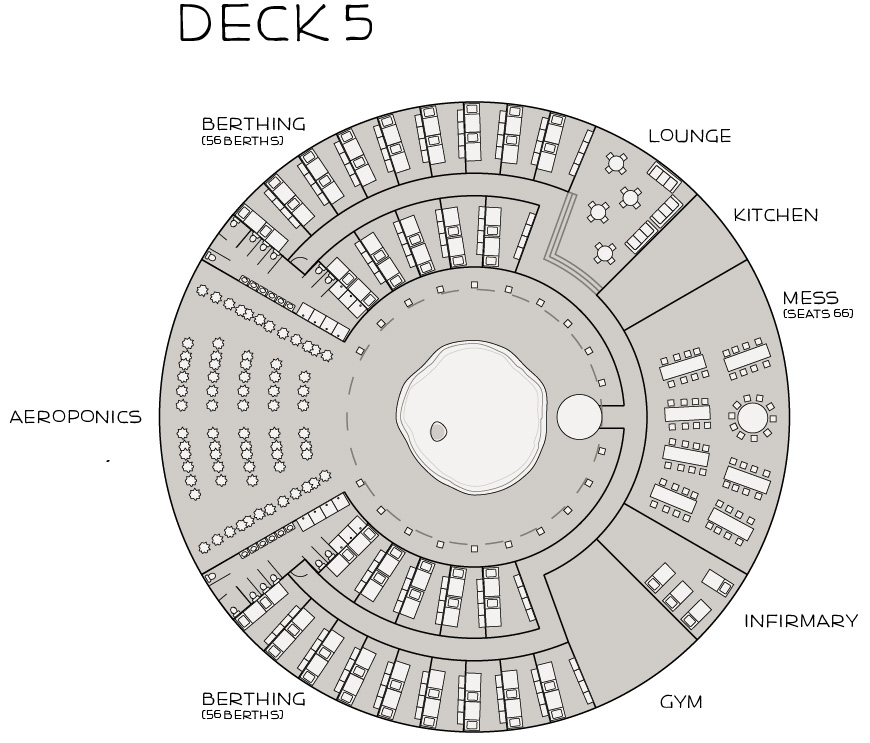A couple years ago, I got a new computer. It was my first computer with a discrete graphics card. And I was all excited, because I’d finally be able to play graphically intensive, visually stunning, modern PC games as they were coming out, rather than always playing games that were several years old that my friends had all already finished and forgotten about.
Every game I played on this computer was bought on Steam or Amazon — so I can see all the games I played, every one.
And looking over my list of games here there’s maybe one game there that I thoroughly enjoyed, start to finish, that I thought was worth the time I sunk into it.
One.
Just one, out of a couple dozen critically-acclaimed games.
There were, of course, fun and memorable moments in every one of those games, but I think I’m kind of done with modern, mainstream PC games for now.
The last one I played was Alien: Isolation. I’m not sure how to describe the feeling I had playing it, but… for lack of a better word, I found it rather alienating. Like it was designed for someone with way more experience with games than I had and wasn’t really interested in training up new people.
(Yeah I’m not touching Bloodborne with a 10 foot pole.)
I have nothing against mainstream stuff in general. I love summer popcorn movies, listen to the local ‘adult hits’ radio station and even look forward to the occasional meal at a chain restaurant.
And I really have nothing against mainstream games, their existence or their themes or their fanbases, in general. But I’m pretty sure mainstream games are not for me.
I think part of it is competition. Not competing with real live other players, but, like, a competitive mindset.
I don’t really have that.
I’m not at all interested in maximizing the combat strength of my character or solving particularly devious puzzles or leveling up or leaderboards or achievements or, in general, beating games.
Saying you beat a game implies to me that you saw it as a competition. Player one, game zero. I’m more interested in the experience. You don’t beat a movie or beat a trip to the park.
There was this official Braid walkthrough which wasn’t really a walkthrough, but a thing encouraging people not to use walkthroughts. It said the following.
“Some of the puzzles will be hard. But when you manage to solve those hard puzzles, you will feel very good about it. The game will feel very rewarding. Don’t rob yourself of that feeling by reading a walkthrough!”
And, you know, I finished Braid and didn’t find it very rewarding. I’m all for challenging myself, but the challenges in games just aren’t things I find rewarding. Not everybody feels that way. I like to challenge myself in other ways.
(I recognize that there are people who could take up the challenges I set for myself and find them completely empty, upon completion, and that’s fine.)
Thankfully, there are a lot of indie games I like. Sure some of them are differently alienating, but I like shortness and simplicity and overall sense of fun I get in many indie games I’ve played.
So I’m going to try harder to find indie games out there that I like, and see where that takes me.
Someone once suggested that maybe I’m just using the wrong platform; I might prefer games made for platforms like 3DS or Wii. And they’re probably right; that’s something to try as well.
I’m not giving up on games. I’m not even giving up on big-budget games; I’m just taking a break. In a year or two, maybe I’ll check back in and find something there that I find really worthwhile. I’d like that.
Call me shallow, but I really like cutting edge graphics in my games.




